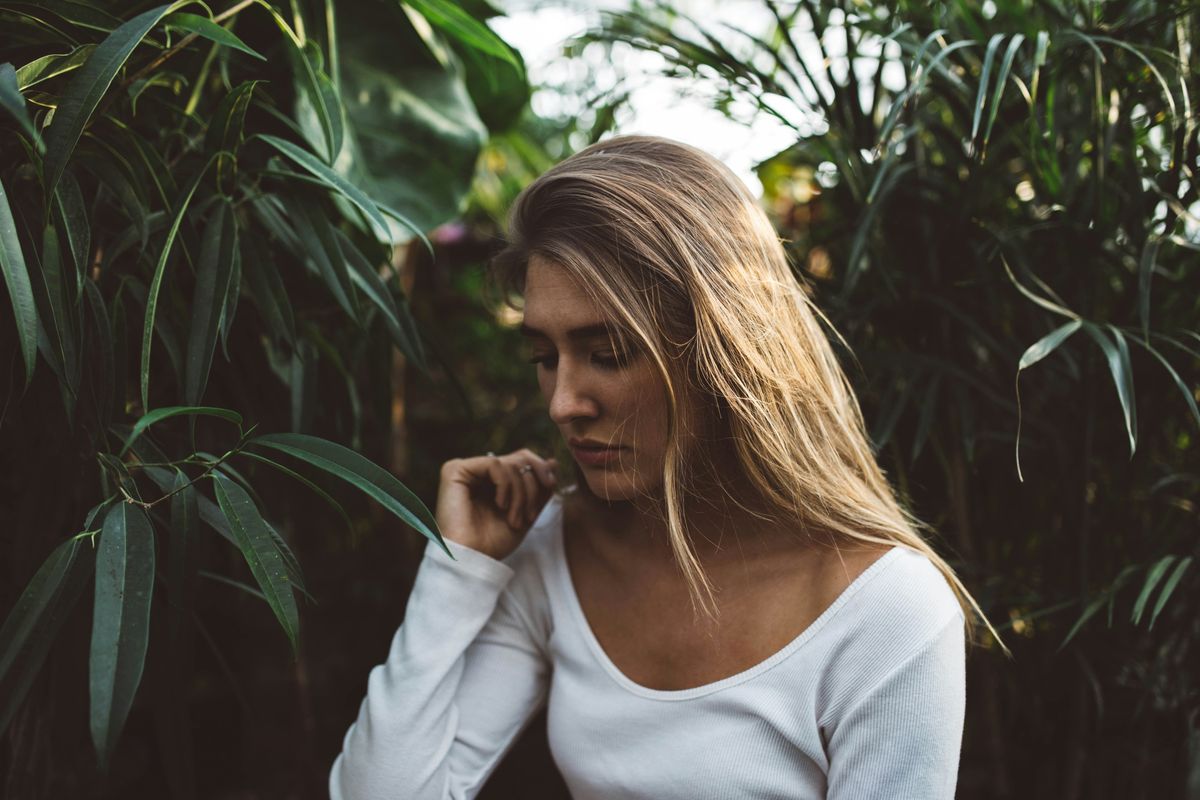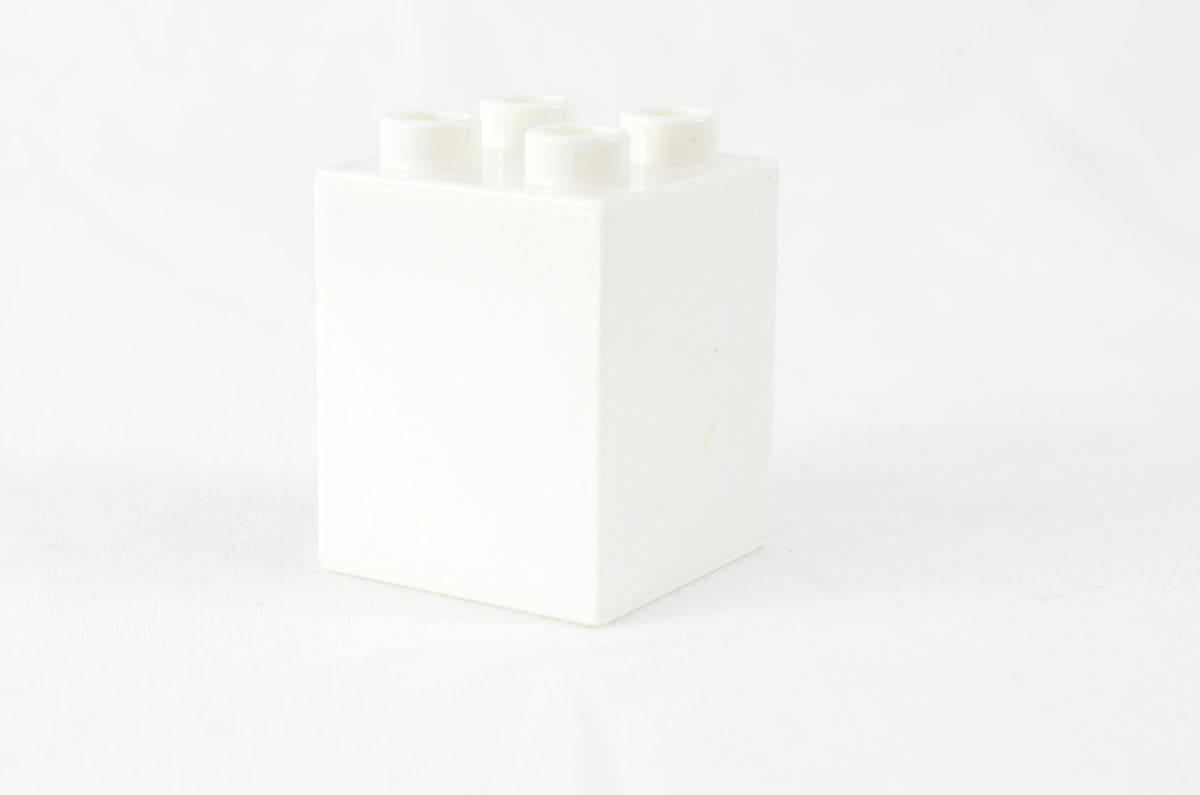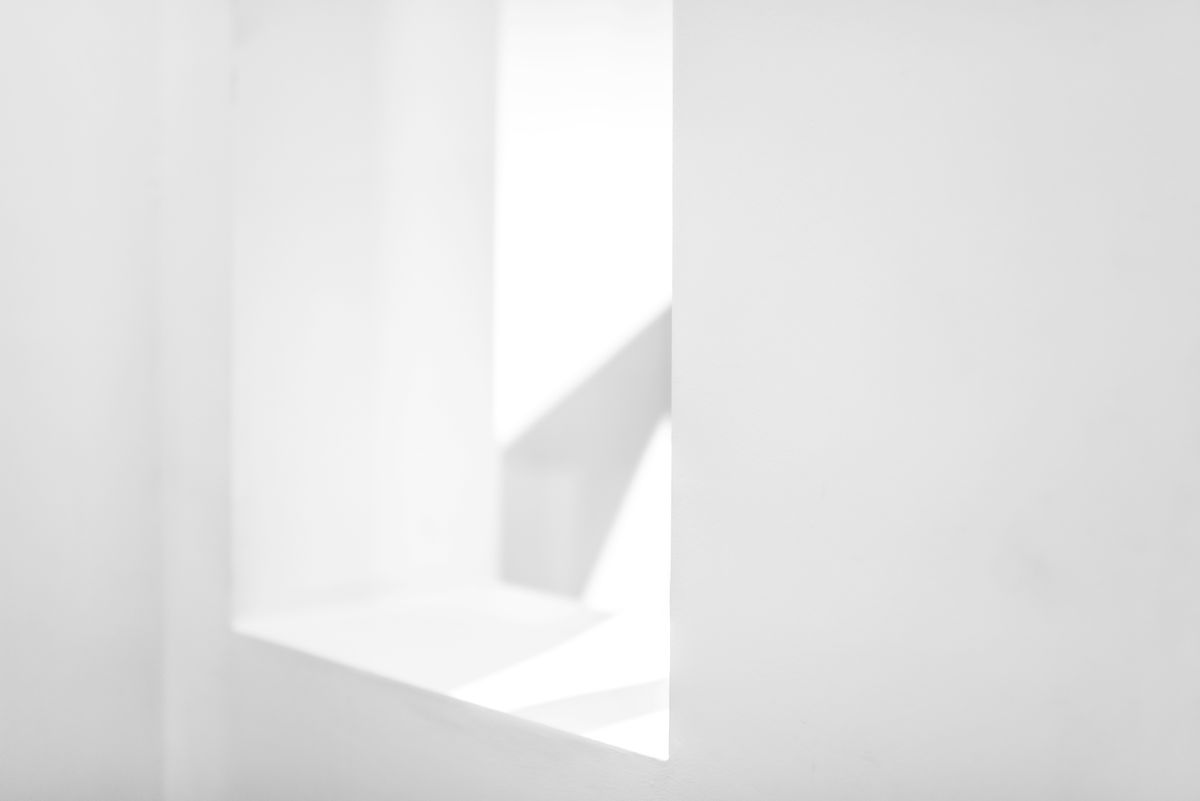White Birds of Paradise plants are a stunning addition to any home, bringing a touch of elegance and tropical vibes to your space. In this article, we will explore why these plants are perfect for your home, how to choose the right spot for them, and styling tips for maximum impact.
Key Takeaways
- White Birds of Paradise add elegance and tropical charm to your home decor.
- Ensure your White Birds of Paradise receive adequate lighting and avoid drafts for optimal growth.
- Choose a pot that complements your decor and regularly prune your plant for maintenance.
- Create a tropical oasis in your home by styling your White Birds of Paradise with other foliage.
- Easy care tips such as monitoring temperature and providing proper lighting can help your White Birds of Paradise thrive.
Why White Birds of Paradise Are Perfect for Your Home

Adding Elegance to Your Space
The White Birds of Paradise plant, with its towering green leaves and statuesque presence, can instantly elevate the aesthetic of any room. Its dramatic foliage serves as a natural work of art, creating a focal point that draws the eye and adds a touch of sophistication.
Incorporating this exotic plant into your home decor is like having a piece of the tropics indoors. It pairs beautifully with minimalist designs, where its lush leaves can stand out against clean lines and neutral palettes. Here’s how you can enhance your space with this elegant plant:
- Select a spacious corner that can accommodate the plant’s height and spread.
- Pair with simple, chic furniture to let the plant’s natural beauty shine.
- Use contrasting textures in your decor to complement the plant’s smooth leaves.
Remember, a well-placed White Birds of Paradise can transform a mundane area into a stylish, serene retreat. It’s not just about the plant itself, but how you integrate it into your living space to create that perfect balance of nature and design.
Creating a Tropical Oasis
Imagine stepping into your home and being greeted by the lush, vibrant presence of a White Bird of Paradise. These towering beauties can transform any room into a tropical retreat, offering a slice of paradise right in your own space. With their large, glossy leaves, they create an atmosphere that’s both relaxing and invigorating.
To really evoke that tropical oasis vibe, consider the following elements:
- Layered lighting: Soft, warm lights to mimic the dappled sunlight of a rainforest canopy.
- Natural materials: Incorporate wood, stone, or bamboo to enhance the tropical feel.
- Water features: The sound of trickling water can add to the sense of serenity and lushness.
- Color palette: Use earthy tones and pops of color to reflect the natural beauty of a tropical landscape.
By integrating these aspects with your White Bird of Paradise, you’ll not only create a visually stunning space but also a haven that appeals to all the senses. It’s about crafting an experience that whisks you away to a serene, exotic locale every time you enter the room.
Easy Care Tips for White Birds of Paradise
Caring for your White Birds of Paradise doesn’t have to be a daunting task. In fact, with a few simple steps, you can ensure your plant thrives and continues to bring a touch of the tropics to your home. Watering is key; these plants enjoy moist soil but despise soggy feet. Stick your finger about an inch into the soil; if it’s dry, it’s time to water.
When it comes to pests, be vigilant. If you spot any unwelcome visitors, a quick wipe with a cotton bud or paper towel dipped in isopropyl alcohol can do the trick. For more stubborn issues, a spray of neem oil might be necessary. Remember, consistency is your friend when it comes to plant care.
Here’s a quick reference for the essentials:
- Water: When top inch of soil is dry
- Light: Bright, indirect sunlight
- Temperature: 65-70°F (18-21°C)
- Humidity: Moderate to high
- Fertilizer: Balanced, every two months during growing season
And don’t forget, if you’re looking to hang some decorative elements around your plant, Command Strips are a great way to do so without damaging your walls. Just make sure the surface is smooth for the best adherence.
Choosing the Right Spot for Your White Birds of Paradise

Lighting Requirements
Finding the sweet spot for your White Birds of Paradise when it comes to light is key to its thriving presence in your home. These plants are sun worshippers, basking in bright, indirect sunlight that mimics their natural tropical habitat. Too little light, and they’ll sulk, losing their vibrant appeal; too much direct sun, and their leaves might protest with unsightly burns.
To ensure your plant gets its light fix, here’s a quick guide:
- Place your White Birds of Paradise in a spot where it can soak up some gentle morning rays or late afternoon sun.
- If natural light is limited, consider supplementing with a grow light. Position your grow light about 12-24 inches above the plant, adjusting as it grows to prevent leggy growth or leaf burn.
- Monitor the light throughout the year, as the intensity and duration of sunlight can change with the seasons. Your plant will thank you for the extra attention with lush, dramatic foliage.
Temperature Considerations
When it comes to creating the perfect environment for your White Birds of Paradise, temperature plays a pivotal role. Just like you enjoy a comfortable room temperature, these tropical beauties thrive in a consistent climate. Keep the thermostat steady between 65 and 80 degrees Fahrenheit to mimic their natural habitat.
It’s not just about setting the right temperature, though. Your plant’s watering needs are closely tied to the warmth of its surroundings. In hotter, drier conditions, your White Bird of Paradise will crave more frequent drinks to stay lush and vibrant. Here’s a quick guide to help you adjust your watering schedule with the temperature:
- 65-70°F: Water every 1-2 weeks
- 71-75°F: Water every 7-10 days
- 76-80°F: Water every 5-7 days
Remember, these are just guidelines. Always check the soil moisture before watering to ensure your plant gets just the right amount of hydration.
Avoiding Drafts
Now that you’ve found the perfect spot with just the right amount of light and warmth, there’s one more thing to consider: drafts can be the silent enemy of your White Birds of Paradise. These tropical beauties are not fans of sudden temperature changes, which can be caused by drafts from doors, windows, or air conditioning vents. To keep your plant thriving, it’s crucial to ensure a stable environment.
Here’s a quick checklist to help you draft-proof your plant’s home:
- Identify potential draft sources like doors, windows, and vents.
- Use draft stoppers or weather stripping where necessary.
- Regularly check the seals around windows and doors for any wear and tear.
- Consider the placement of your plant during different seasons, as what’s draft-free in summer might not be in winter.
Remember, just like fire-rated access doors are essential for fire safety, taking steps to protect your White Birds of Paradise from drafts is key to their health and longevity. By creating a stable environment, you’re not only safeguarding your plant but also ensuring it continues to add that dramatic vertical accent to your home for years to come.
Styling Your White Birds of Paradise for Maximum Impact

Choosing the Right Pot
Selecting the perfect pot for your White Bird of Paradise is more than just a style choice; it’s about the health of your plant too. Choose a pot that’s three to five inches wider than the current one to ensure your plant has room to grow. This extra space is crucial for the roots to expand and for adequate drainage, which prevents root rot and other moisture-related issues.
When it comes to materials, terracotta and ceramic pots are excellent choices because they allow the soil to breathe and help regulate moisture. Here’s a quick guide to help you decide:
- Terracotta: Porous, allows soil to dry out more quickly, great for preventing overwatering.
- Ceramic: Less porous, retains moisture longer, ideal for environments with less humidity.
- Plastic: Lightweight, retains moisture well, often more affordable but less breathable.
Remember, a well-chosen pot not only supports the health of your White Bird of Paradise but also enhances your home’s decor. Consider the style of your space and how the pot’s color and design will complement your plant’s striking foliage.
Complementing Decor with Foliage
When it comes to integrating your White Birds of Paradise into your home decor, the lush foliage can play a pivotal role. Think of the plant as a living sculpture, adding a dynamic and organic element to your space. The broad, glossy leaves not only complement a variety of interior styles but also bring a sense of the outdoors inside.
To truly harmonize your plant with your decor, consider the following tips:
- Pair with natural materials like wood or stone to enhance the tropical vibe.
- Use the plant’s height to balance tall furniture or fill empty vertical spaces.
- Introduce Clusia hedges or other complementary plants for a layered greenery effect, perfect for creating privacy or dividing areas within a room.
Remember, the key is to create a cohesive look that feels intentional and curated. Whether you’re aiming for a minimalist aesthetic or a more eclectic mix, the White Birds of Paradise can adapt and stand out. For the festive season, don’t shy away from incorporating holiday greenery to add a touch of cheer. Fresh ideas for holiday greenery can transform your space, making it merry and bright.
Pruning and Maintenance Tips
Keeping your White Birds of Paradise looking sharp isn’t just about aesthetics; it’s about plant health too. Trimming is essential, not just for the plant’s runway-ready look but for its health. Snip off those droopy, brown-spotted leaves to keep your green buddy thriving.
When it comes to maintenance, think of it as regular roof maintenance for your plant. Address issues promptly to avoid a bigger headache down the road. Here’s a quick checklist to keep you on track:
- Inspect leaves monthly for signs of distress.
- Prune away any yellowing or damaged foliage.
- Wipe down leaves to prevent dust buildup.
- Rotate the plant periodically for even growth.
Remember, the White Bird of Paradise can grow quite large, so don’t be shy about cutting back overgrown leaves. This will not only help with the plant’s shape but also ensure that it continues to be the stunning focal point in your space. And hey, if you’re ever unsure about how to handle a particular pruning dilemma, consider professional help. It’s like having a stylist for your plant!
Frequently Asked Questions
How often should I water my White Birds of Paradise plant?
White Birds of Paradise plants should be watered when the top inch of soil feels dry. Water thoroughly, allowing excess water to drain out of the pot.
Do White Birds of Paradise plants require a lot of sunlight?
White Birds of Paradise plants thrive in bright, indirect sunlight. They should be placed near a window where they can receive filtered light throughout the day.
Can I place my White Birds of Paradise plant outdoors?
White Birds of Paradise plants can be placed outdoors in warm, tropical climates. Ensure they are protected from direct sunlight and strong winds.
How tall can White Birds of Paradise plants grow?
White Birds of Paradise plants can grow up to 6 feet tall indoors and even taller outdoors in ideal conditions.
Do White Birds of Paradise plants attract pests?
White Birds of Paradise plants are relatively pest-resistant. However, occasional pests like spider mites or mealybugs may appear, especially in dry conditions.
How do I propagate White Birds of Paradise plants?
White Birds of Paradise plants can be propagated through division or by planting seeds. Division is the most common method and should be done during repotting for best results.
